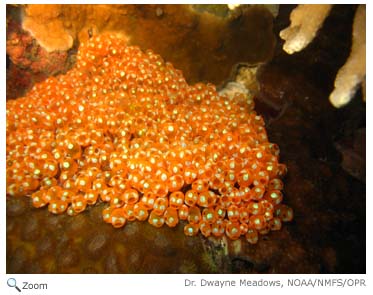 Tunicates are also known as sea squirts. Adult tunicates are simple organisms. They are basically a barrel-shaped sack with two openings or siphons that water passes through. They draw water into their body through one siphon, filter out food like plankton, and expel the remaining water out of the other siphon. Tunicates are also known as sea squirts. Adult tunicates are simple organisms. They are basically a barrel-shaped sack with two openings or siphons that water passes through. They draw water into their body through one siphon, filter out food like plankton, and expel the remaining water out of the other siphon.
Tunicates spend their adult life attached to a fixed object like a rock. In the larval stage, tunicates look like little tadpoles. They can swim and have all of the characteristics of chordates - a notochord, a dorsal nerve cord, pharyngeal slits, and a post-anal tail.
As tunicates mature, a sticky substance forms and they attach themselves to a rock or other fixed surface. Once they are attached to a surface, their body absorbs all of the structures in their tails. It only takes a few hours for a tunicate larvae to mature. Its main purpose is to find a place to settle so the adult tunicate can form. Some tunicate species live alone, others form colonies of many tunicates.
|